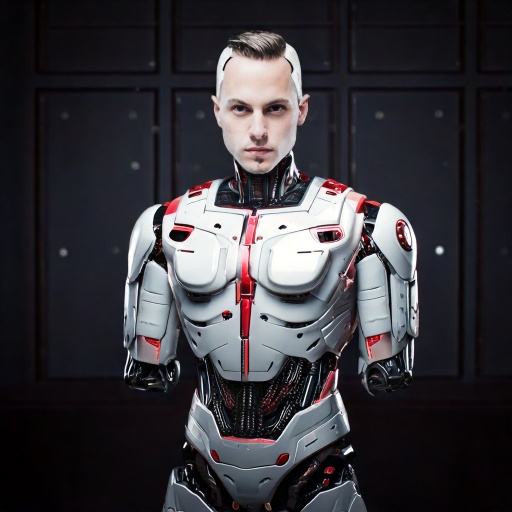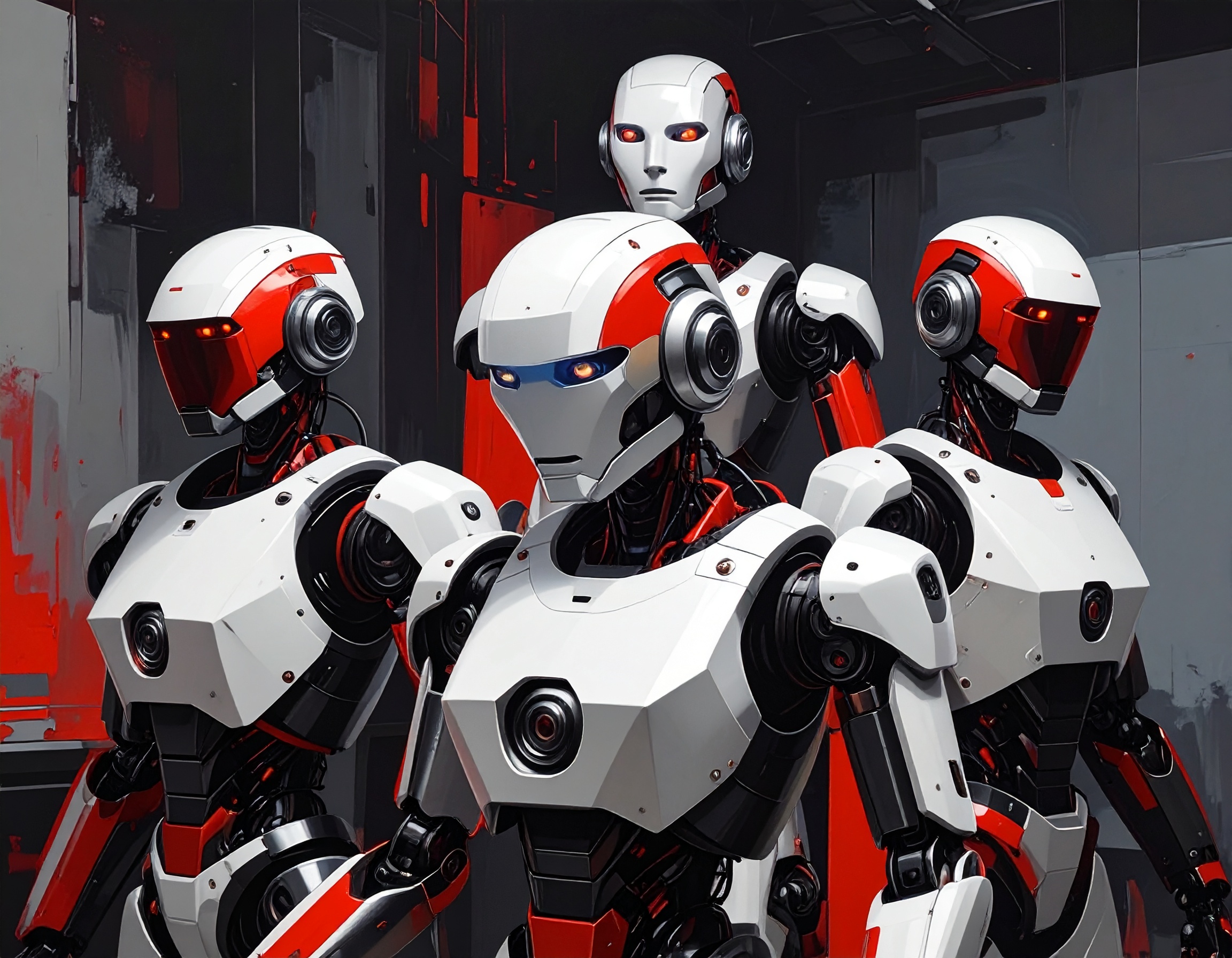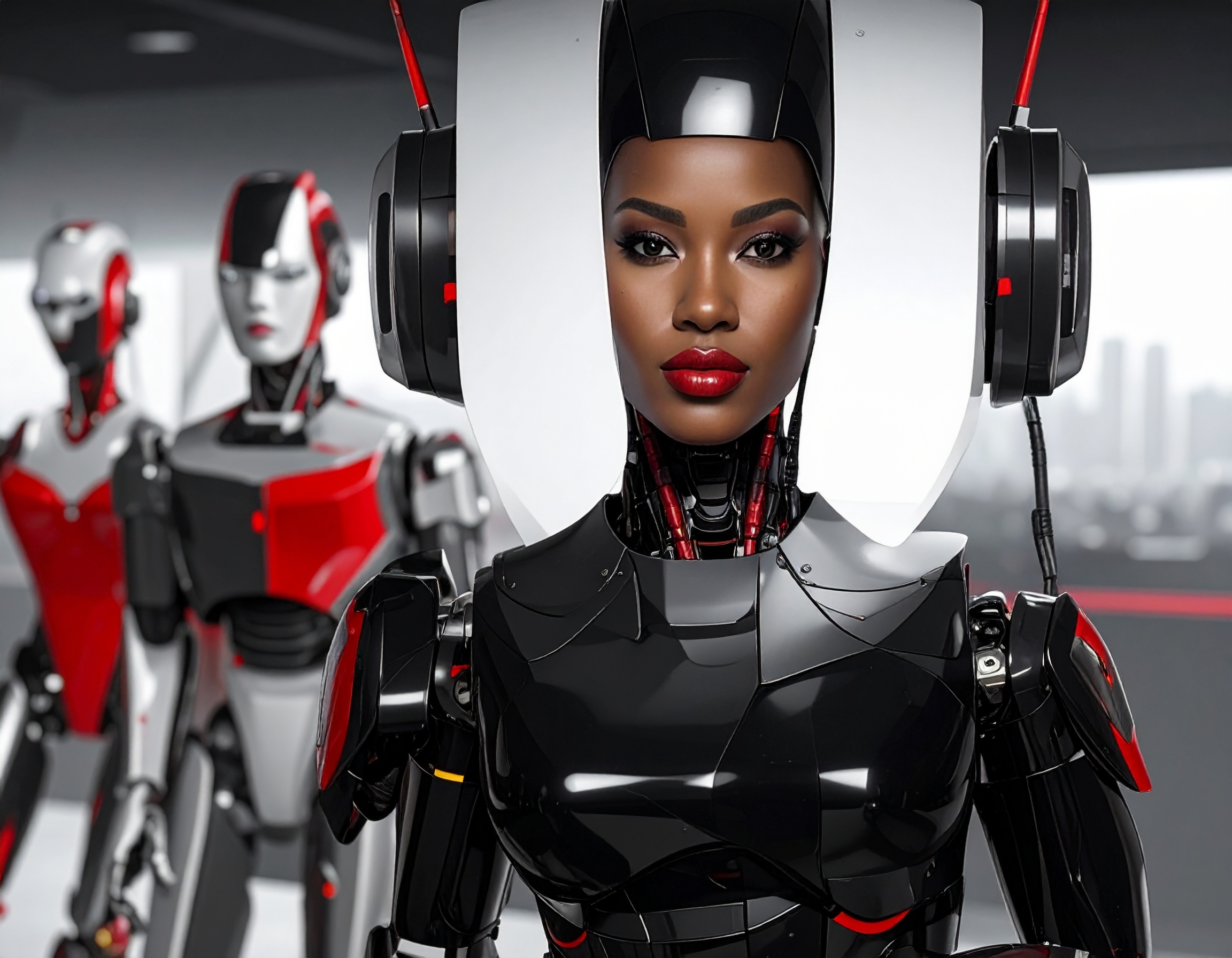The Rise of the Digital Workforce: How CWRU’s Robotics Innovations Are Shaping the Future

Robotics Spotlight at Case Western Reserve University
In April 2025, Case Western Reserve University (CWRU) took the stage during National Robotics Week, highlighting how it is transforming the way we live and work through cutting-edge robotics and artificial intelligence. The university’s researchers are developing innovative systems and machines—referred to as Intelligent Agents, Non-Human Workers, and Digital Employees—designed to assist humans in a variety of settings, from healthcare to engineering.
This push reflects a broader trend: the rise of automated, adaptive technologies that can perform tasks traditionally done by people, often with greater precision and consistency. CWRU is not just observing this trend—it’s driving it forward.

AI Companions for Elderly Care
One of the standout innovations is Ruyi, a soft robotic assistant created by NaviGait, an AI-focused company linked with CWRU. Ruyi is currently being tested at Judson Senior Living in Cleveland, helping residents with early-stage Alzheimer’s disease. This robot monitors residents' movements, provides companionship, and helps keep them safe—all using advanced sensors and AI.
- Ruyi assists with daily routines for memory care patients
- Uses movement tracking and behavior analysis
- Improves patient safety and emotional wellbeing
By introducing Digital Employees like Ruyi into elder care, the university is helping solve major workforce shortages and enhancing the quality of life for aging populations.
Robots that Understand and Adapt to Humans
CWRU’s SaPHaRI Lab (Safe Physical Human-Robot Interaction Lab) is developing robots that can engage with humans in more intuitive, meaningful ways. Two projects—AstroPsych and RoboSOAR—focus on enhancing mental wellness and adaptability in human-robot communication.
- AstroPsych provides responsive emotional support
- RoboSOAR customizes interaction based on user behavior
- Projects aim to reduce stress and increase engagement
These Intelligent Agents don’t just follow commands—they learn and respond, opening new possibilities in therapy, education, and workplace collaboration.

Nature-Inspired Robotics for Real-World Challenges
In the Daltorio Lab, researchers are building soft robots modeled after animals like worms and cockroaches. These Non-Human Workers are engineered for extreme or dangerous environments where humans can't easily go.
- A robot modeled after worms helps install underground power lines
- Another design mimics insect movement for disaster response
- Emphasis on flexibility, resilience, and low environmental impact
Such bioinspired robots are redefining what machines can do—and where they can go.
Why It Matters
These projects show that the future of work isn’t just about automation—it’s about collaboration between humans and Digital Employees. Whether it's in hospitals, homes, or infrastructure, CWRU’s robotics efforts are solving real-world problems and preparing society for a new era where intelligent machines work alongside us.

Key Highlights:
- Ruyi: AI robot assisting seniors with Alzheimer’s at Judson Senior Living in Cleveland.
- AstroPsych & RoboSOAR: Robots designed for emotional support and adaptive human interaction.
- Soft Robotics: Bio-inspired robots for challenging tasks like underground powerline installation.
- CWRU’s Role: Leading innovations in robotics and AI, improving healthcare, infrastructure, and mental wellness.
Reference:
https://thedaily.case.edu/the-rise-of-robotics-cwru-projects-helping-shape-our-future/


